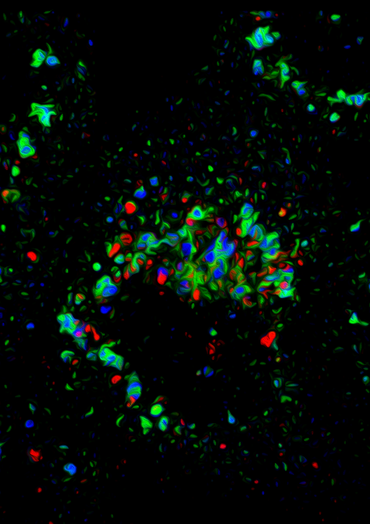Constraining endosomes: a new way to induce inflammation
The process of inflammation is a response by the body to eliminate hazards that threaten it. In a study published in Nature Immunology, scientists provide evidence for a novel mechanism of inflammation initiation in immune cells in response to pathogens and tissue damage.

Antonella De Matteis
Nature has invented a plethora of molecules whose mission is to detect danger signals in order to provoke an inflammatory response to eliminate them. In researching this process, inflammation, one of the current questions is to understand how these molecules detect these signals.
To do this, scientists are interested in how danger signals affect the composition of endosomes in our cells. Endosomes are small vesicles formed during endocytosis by the folding and pinching of the plasma membrane. The plasma membrane is present in all cells and separates the interior of the cell from the external environment. Thus, endocytosis allows cells to transport material from the plasma membrane or extracellular fluid into vesicles (called early endosomes) inside the cell.
The scientists demonstrate in their study that several hazard signals alter the membrane composition of these vesicles so that it can be bound by a molecule called NLRP3. The binding of NLRP3 to endosomes leads to the assembly of a protein complex called inflammasome that induces the release of inflammatory factors that trigger an inflammatory response. The activation of the NLRP3 inflammasome is important in many common inflammatory conditions and the discovery of this mechanism provides new avenues to explore for therapeutic perspectives.
